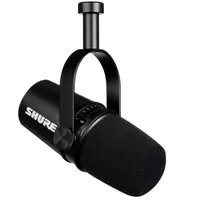Best dynamic microphones 2025: Top picks for recording instruments, vocals and podcasts in challenging conditions
Equally at home on the stage or in the studio, we’ve tested a range of dynamic mics to help you get the results you’re after
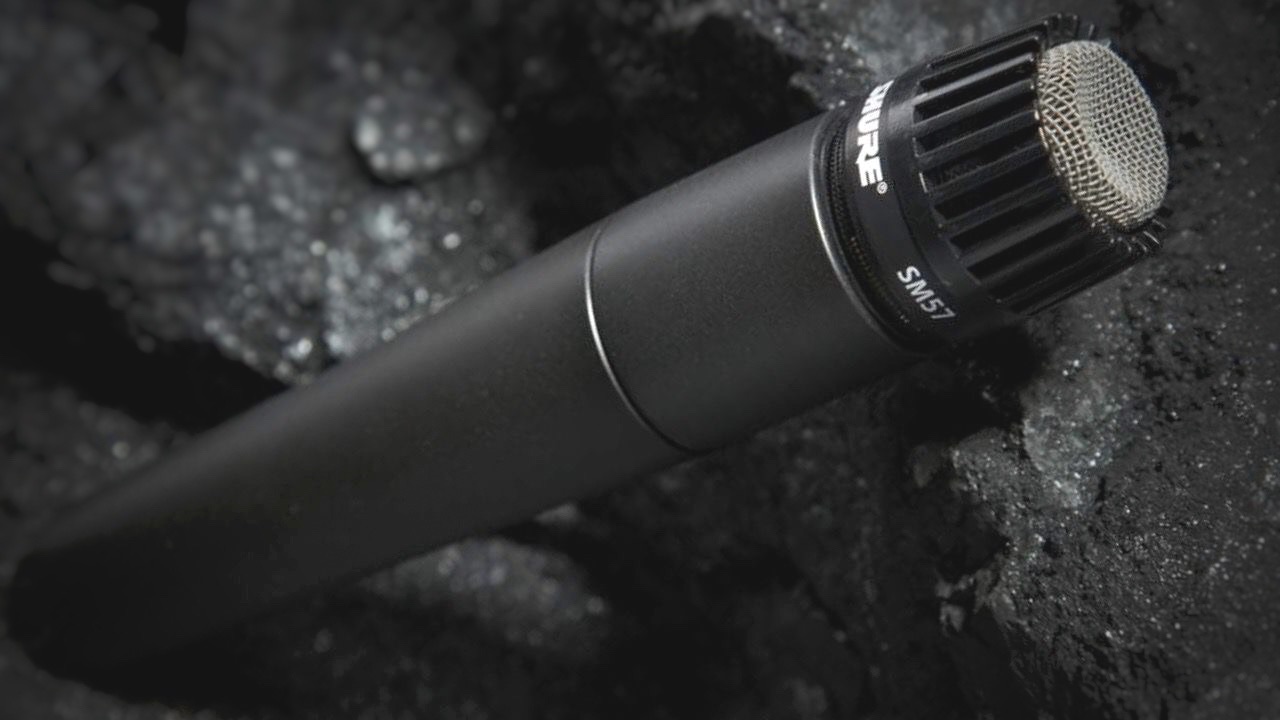
Whether you're building a home studio, producing music or hosting a podcast, the right microphone can make or break your sound. The best dynamic microphones are ideal for lots of audio environments due to their versatility, durability, and unique characteristics that make them well-suited for applications that involve speech, loud sound sources or stage situations.
In this guide, we'll explore what dynamic microphones are, how they differ from their condenser counterparts, and why they might be the ideal choice for your set-up. We'll also look at the key factors that separate the best dynamic mics from the budget options, helping you make an informed decision based on your needs.
We’ve tested a range of mics in this category, so from music production to podcasting, and even live performance, this guide will equip you with the knowledge needed to choose the right dynamic microphone for any environment.
Quick list
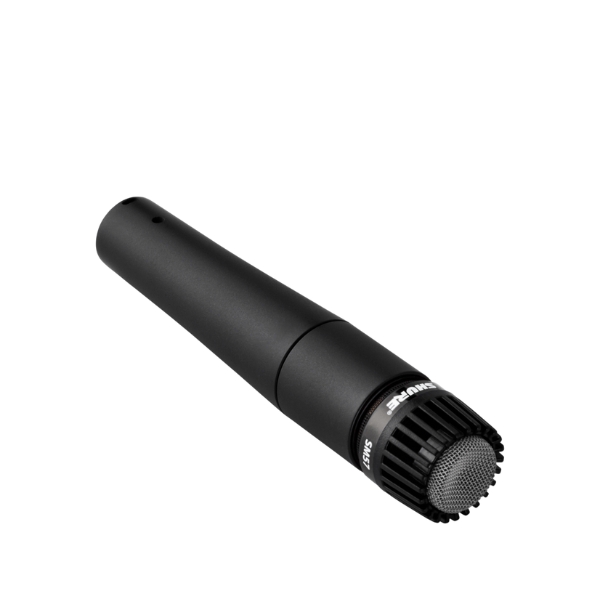
Probably the most popular dynamic mic ever made, although the Shure SM57 is known for its use on guitar cabs and snare drums, this versatile mic can work on pretty much anything.
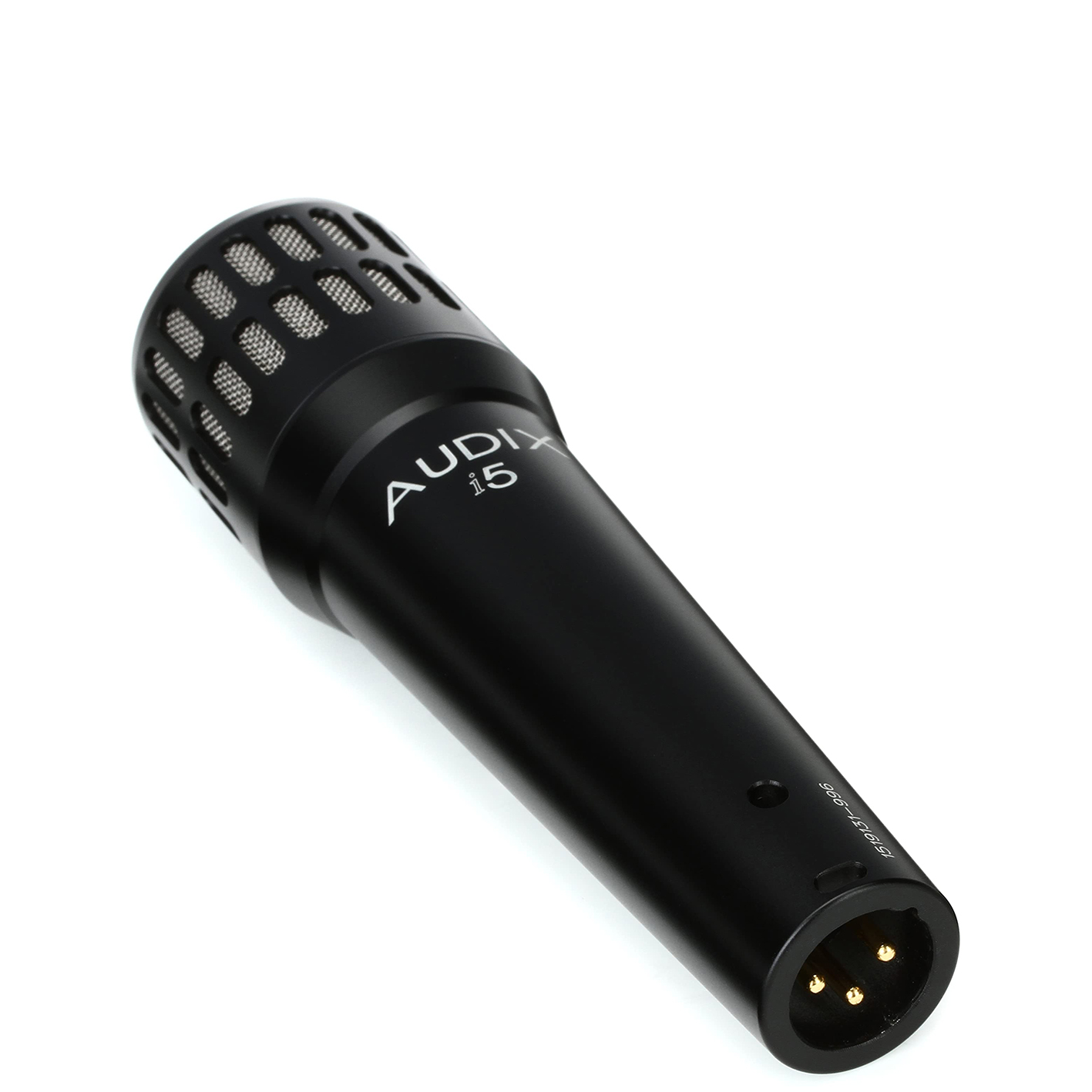
A versatile and affordable dynamic mic, often compared to the Shure SM57 but with its own characteristics. It is widely used for miking snare drums, guitar cab and brass instruments and delivers a clear and well-rounded sound with a smooth frequency response.
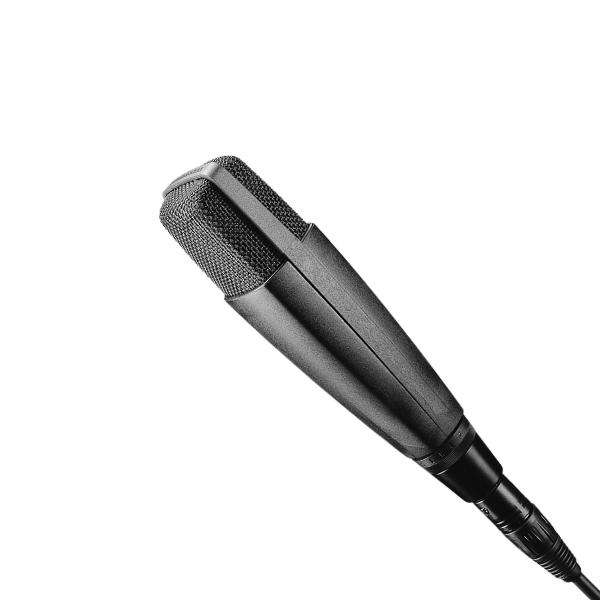
Another super versatile dynamic mic, the Sennheiser MD421 is often found on kick drums and toms, guitar cabs, and even vocals thanks to its super linear frequency response.

The preeminent live vocal microphone found on stages around the world, the Shure SM58 mixes a vocal-specific voicing with a rugged build quality that means it'll last forever.

Miking for broadcast can be a real pain, but the Electro-Voice RE20 has something called 'Variable-D' whereby even if your subject moves around, you still get a consistent recording.
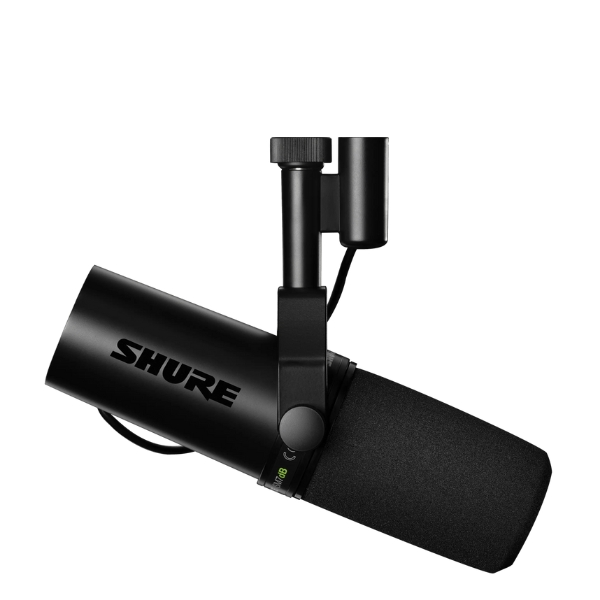
An update to probably the most famous vocal mic, the Shure SM7dB delivers increased performance with an active preamp, offering a warm characteristic that's great for spoken word.
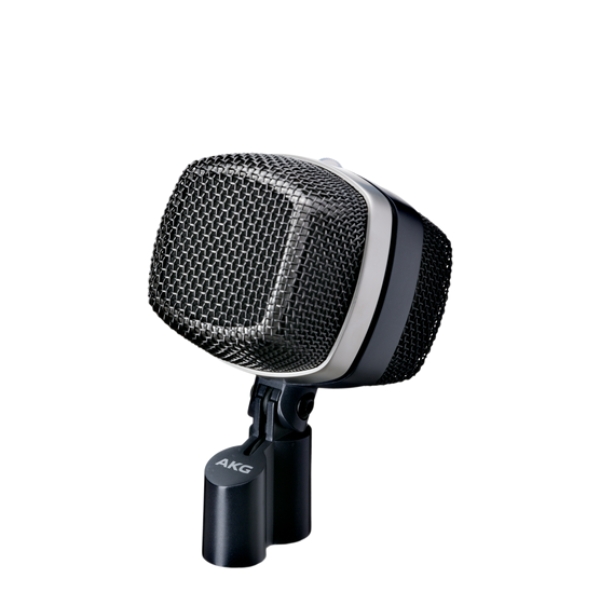
It's been in use since the 1950s, but the AKG D12 VR remains a popular choice for kick drums. It's got passive and active modes, but we much prefer the active mode with filters.
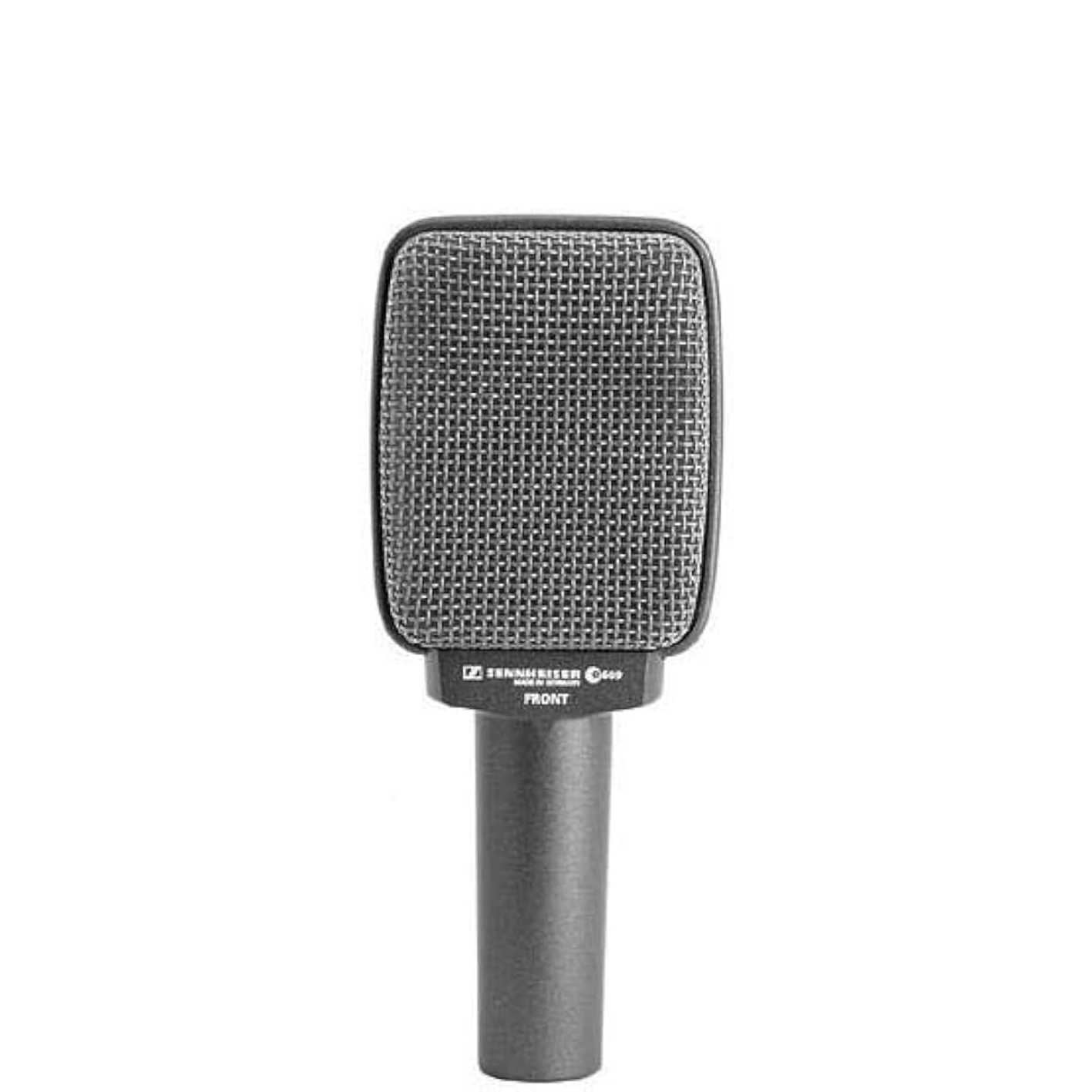
A guitar cab mic that delivers a natural, transparent, assertive sound. So far, so Sennheiser-ish. Just as impressive, though, is the ease of setup. This curiously shaped mic does away with mic stands; just throw a cable over the top of your cab and dangle an e 609 Silver from it.
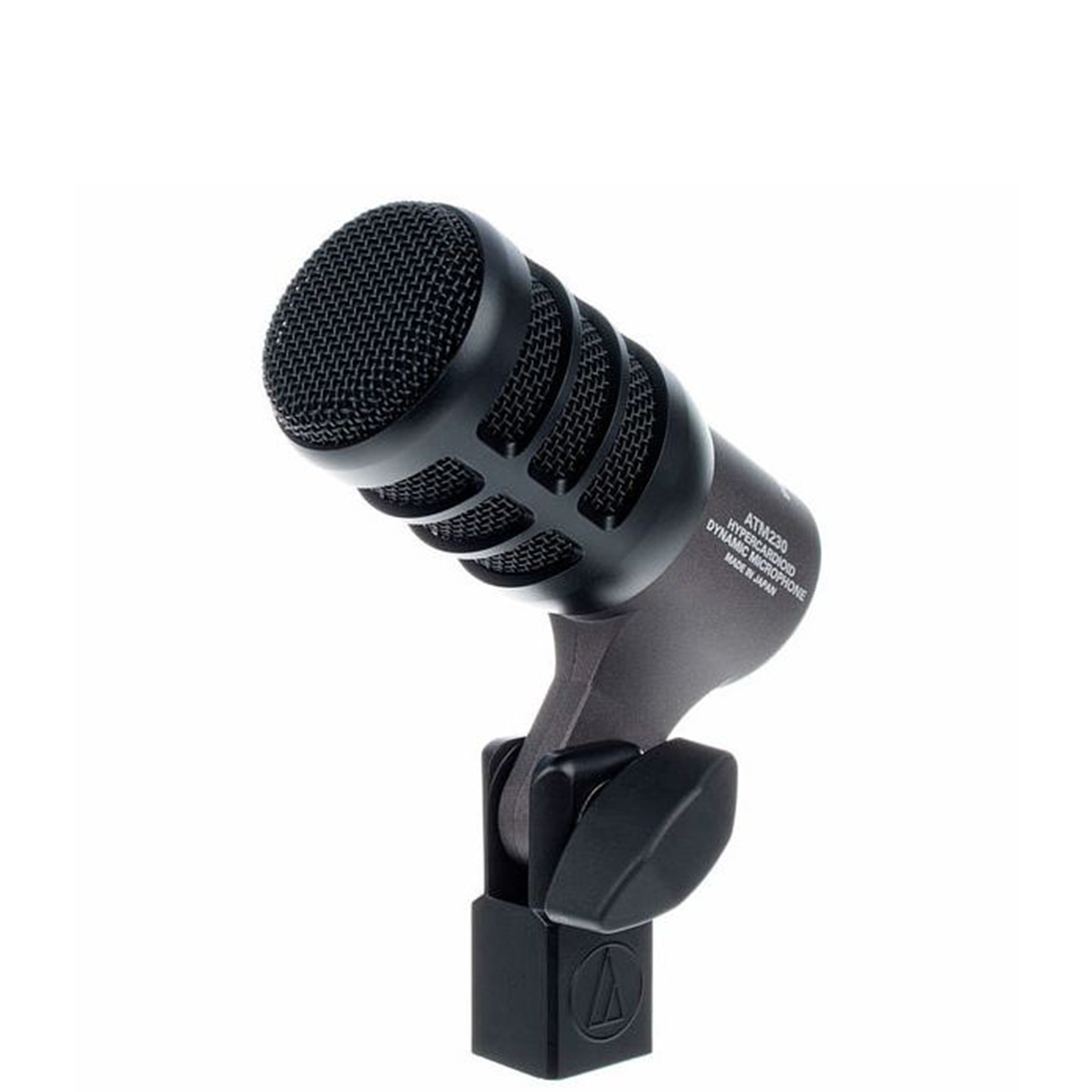
Close-miking, these ATM230s sound great. Miked just above the rim, toms sound punchy with a nice, fat attack, and the proximity effect delivers plenty of round bottom end without excess boominess. Invest in a few good mics made specifically for the job and you won't regret it.

Highly praised for its broad frequency response and clarity, this mic is suitable for both broadcast and recording applications. The PR 40 has a rich low-end and smooth high-end, which works well for voiceovers, podcasts, and capturing bass-heavy instruments like kick drums and floor toms.
Best budget mic

Specifications
Reasons to buy
Reasons to avoid
The Shure SM57 is a legendary dynamic microphone in the recording industry. Even if you don’t know the name, you will have heard it somewhere, as it’s been a staple on guitar cabs and snare drums for many years now.
The lack of a grille means you can get it up close and personal with your guitar cab, placing it just shy of the grille cloth for the ideal guitar tone. Its design means it can handle loud sources really well, making it perfect for snare drums. Just point it at the center of a well-tuned snare and you’ll have yourself a great snare track in no time.
The off-axis noise rejection qualities make it a stand out for many recording scenarios, and it’s a must-have in the mic locker of any serious engineer. The build quality of the SM57 is also legendary, and it will handle being thrown around in both live and studio scenarios.
Read more: Shure SM57 review
Best SM57 alternative

2. Audix i5
Our expert review:
Specifications
Reasons to buy
Reasons to avoid
The Audix i5 is a versatile and affordable dynamic microphone, often compared to the Shure SM57 but with its own unique characteristics. It is widely used for miking up snare drums, guitar cabinets, and brass instruments. The i5 delivers a clear and well-rounded sound with a smooth frequency response, handling high sound pressure levels without distortion.
Its rugged design makes it suitable for live performances and studio recordings alike. With its excellent off-axis rejection, it’s also great for isolating instruments in noisy environments, providing a tight, focused sound.
Best for versatility

3. Sennheiser MD 421-II
Our expert review:
Specifications
Reasons to buy
Reasons to avoid
A classic from Sennheiser, the MD 421-II started life as a broadcast mic but has since become a studio and stage favourite for close-miking snares, bass drums and toms. In fact, such is its popularity that you'll regularly find it sat in front of guitar cabs, bass cabs and podcasters, too.
Key to its versatility is its five-position bass roll-off switch that encourages sonic tinkering. There are two primary voicings – 'M' (music) and 'S' (speech) – with an additional three increments sitting between them. As you'd expect from Sennheiser, this is a rugged, well-built, professional piece of kit. Its tight cardioid pattern does an excellent job of rejecting feedback and sounds outside of your source. Handling noise is also successfully suppressed.
The cost is about right for a mic of this quality, but Sennheiser has heavily discounted this model in the past, so watch out for special deals.
Best for live

Specifications
Reasons to buy
Reasons to avoid
The Shure SM58 is a staple on stages all over the world, renowned for its excellent noise-rejection qualities and coming with a built-in pop filter to help reduce those plosives and pops. It’s phenomenal value for money and a must-have for any live sound engineer.
The key to its performance is the ball-shaped grille, which prevents your vocalist from getting too close to the capsule and overloading it. An internal shock mount makes it perfect for vocalists who want to take it off the stand and run around the stage with it.
Many musicians mistakenly assume that the SM58 is the same mic as the SM57, and while they’re similar, this isn’t actually the case. The SM58 is specifically voiced for vocals and thus doesn’t perform as well on other instrument duties. However, one thing they both share is robust build quality, and once you buy one, you’ll never need to get another.
Read more: Shure SM58 review
Best for broadcast

5. Electro-Voice RE20
Our expert review:
Specifications
Reasons to buy
Reasons to avoid
Many broadcasters like to close-mic because the resulting proximity effect gives their voice a warm richness. But there’s a problem. Many broadcasters also like to fidget, turn their head, move about and generally forget that their lips are supposed to remain as close to the mic as possible. This monkeying about changes the tone of their performance drastically. Warm and rich one second, thin and whiny the next.
The RE20 is a superb, pro-level dynamic mic with a party trick up its sleeve called Variable-D. Basically, on the rear side of the RE20's diaphragm is a perforated pipe that ensures a consistent frequency response whether the source is on-axis or up to 180° off-axis. This frees up a vocalist to move about – deliberately or not – without influencing their sound. An added benefit is that Variable-D microphones produce a tight low-end that's perfect for capturing kick drums, guitar cabs and any other low-frequency instruments.
The RE20 is a good investment if you aspire to produce professional-grade broadcasts or podcasts that your audiences will find pleasure in listening to. If you can put it to use recording instruments, too, then it represents even better value.
Best for podcasts

Specifications
Reasons to buy
Reasons to avoid
The Shure SM7dB is an update to the mic that Michael Jackson famously sang into on Thriller. A close-proximity studio microphone, the SM7dB delivers a warm, midrange-rich sound. It's not the cheapest dynamic mic here, but you'll find it holding its own in the studio against condenser mics that cost more than 10 times as much.
On its standard settings, the SM7dB has a relatively flat frequency response from about 100Hz to 12kHz, ramping up smoothly from the bass end but falling dramatically from the high end. Flick a few switches around the back of the mic to instantly hear significantly more bass roll-off or a presence boost – handy options to have when trying to get the very best result from your vocalist or instrument.
The SM7dB's design incorporates an integral shock mount, pop filter and electromagnetic shielding to defeat hum from nearby computer equipment. It's also widely praised for making untreated rooms sound great by very effectively excluding noise and reflections. In recent years, these qualities have given it a new lease of life as the go-to podcasting mic for streamers and YouTubers.
Read more: Shure SM7B review
Best kick drum mic
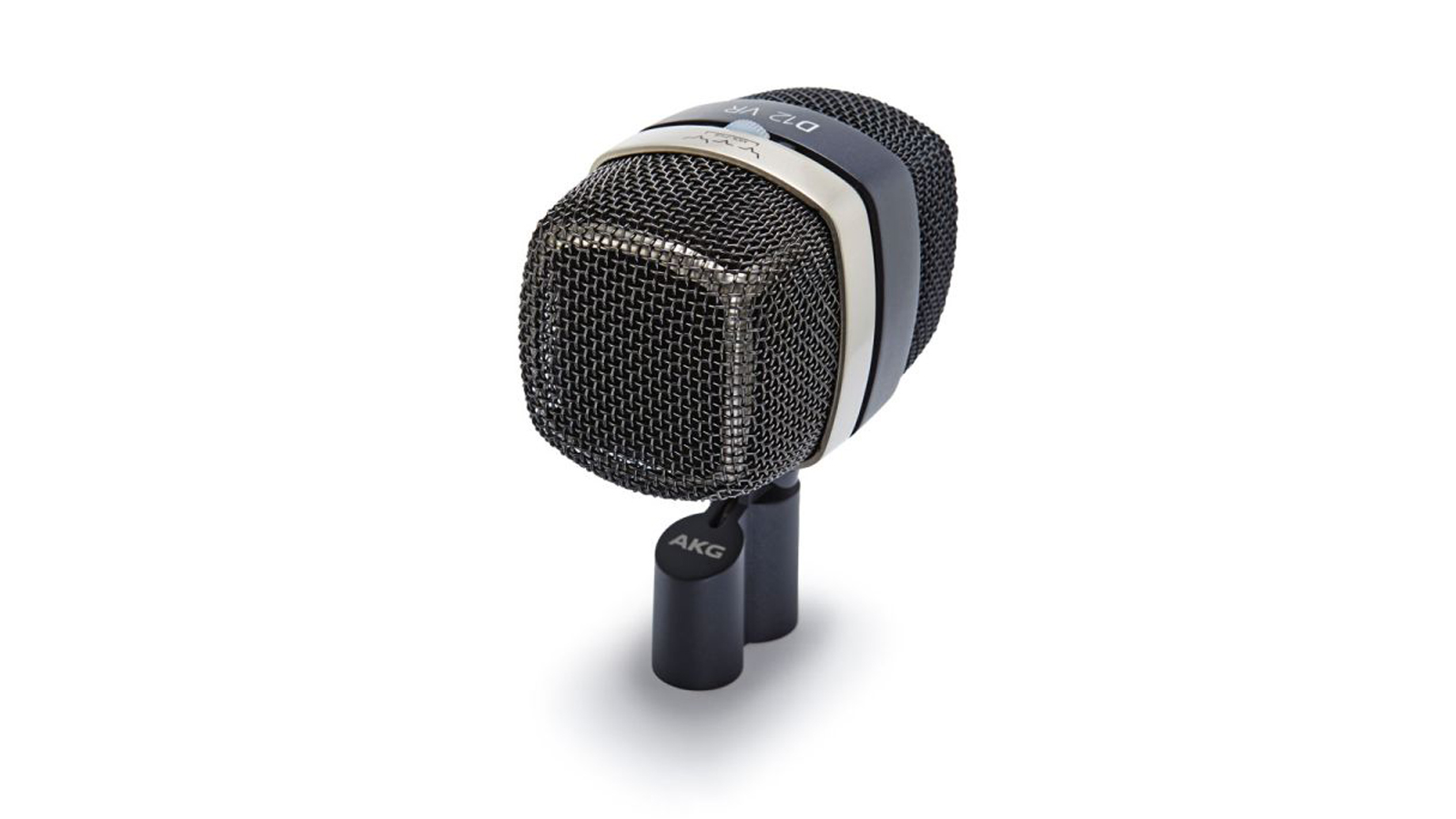
Specifications
Reasons to buy
Reasons to avoid
The AKG D12 VR is a thoroughly modern take on the company's iconic D12 dynamic model that originated in the 1950s as a general-purpose mic but soon gained popularity for its wonderful kick-drum sound.
Plug the D12 VR into an interface or mixing desk and it behaves just like a good dynamic drum mic should. Its responsive diaphragm captures a very detailed sonic picture, while its optimised bass chamber does a fantastic job of handling the low frequencies. Feed it some phantom power, though, and it quite literally lights up your sound. Three active filters are at your disposal to sculpt, shape and fettle to your heart's content. Dial in the middle filter (red light) to scoop out some of the mid-range frequencies in order to leave space for other instruments in the mix. Using this setting, our kick sounded tight and not quite so 'thumpy'.
Flicking the filter switch to the left (green light) adds a bass boost to the mid-range scoop, producing a wider sound with a fatter, more saturated kick. Switching it to the right (blue light) brought in some high-end boost, giving our sound more presence, more depth and an airiness to the kick. More of a live room sound.
The D12 VR is a fantastic drum mic in passive mode, but power up the filters and it will transform the sound of your kick.
Read more: AKG D12 VR review
Best for guitar cab
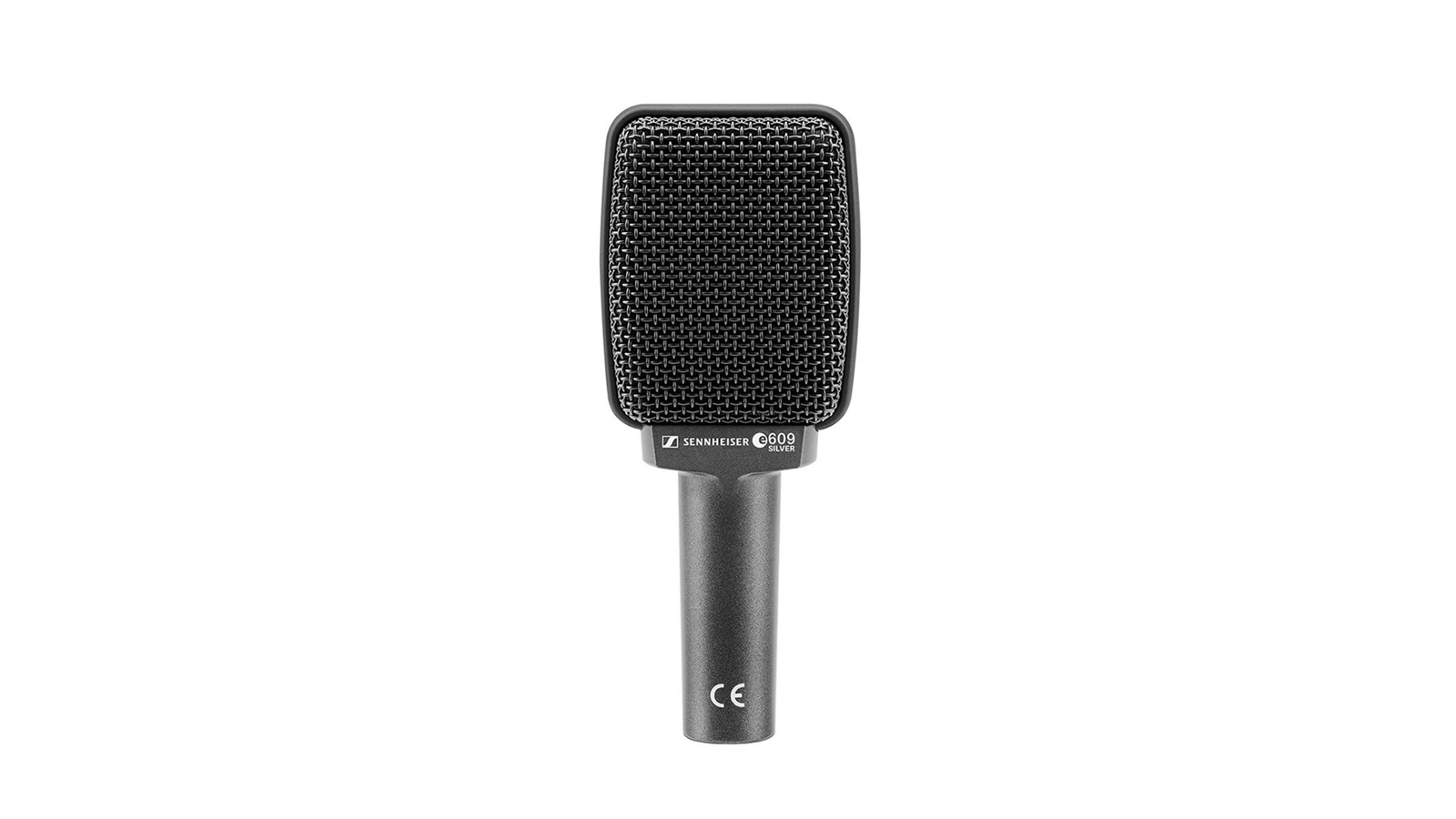
8. Sennheiser e 609 Silver
Our expert review:
Specifications
Reasons to buy
Reasons to avoid
The e 609 Silver is a guitar cab mic that delivers a natural, transparent, assertive sound. So far, so Sennheiser-ish. Just as impressive, though, is the ease of setup. If you've ever miked up a guitar or bass cab, you'll know that, while hardly rocket science, it can be a bit fiddly. Just setting up and positioning mic stands for your live set can be frustrating when the clock's ticking. The perfect position is just about trip height, but let's not even go there…
Sennheiser's curiously shaped e 609 Silver completely does away with mic stands. Just throw a cable over the top of your cab and dangle an e 609 Silver from it, making sure that the flat face of the mic sits nicely against the grille cloth. Adjust the 'hang' so that the mic is directly over a speaker and – voila – you're all set. If gravity intrudes, fix the cable to the top of the cab with a bit of duct tape.
Build quality is excellent. Sennheiser has christened the e 609 Silver 'the rugged workhorse with a practical shape', and we can see why. This mic is hum-compensating and constructed so as not to rattle or vibrate, even when capturing very loud volumes. Not just for guitars, it works well on drums too – but you’ll need some stands.
Best for toms
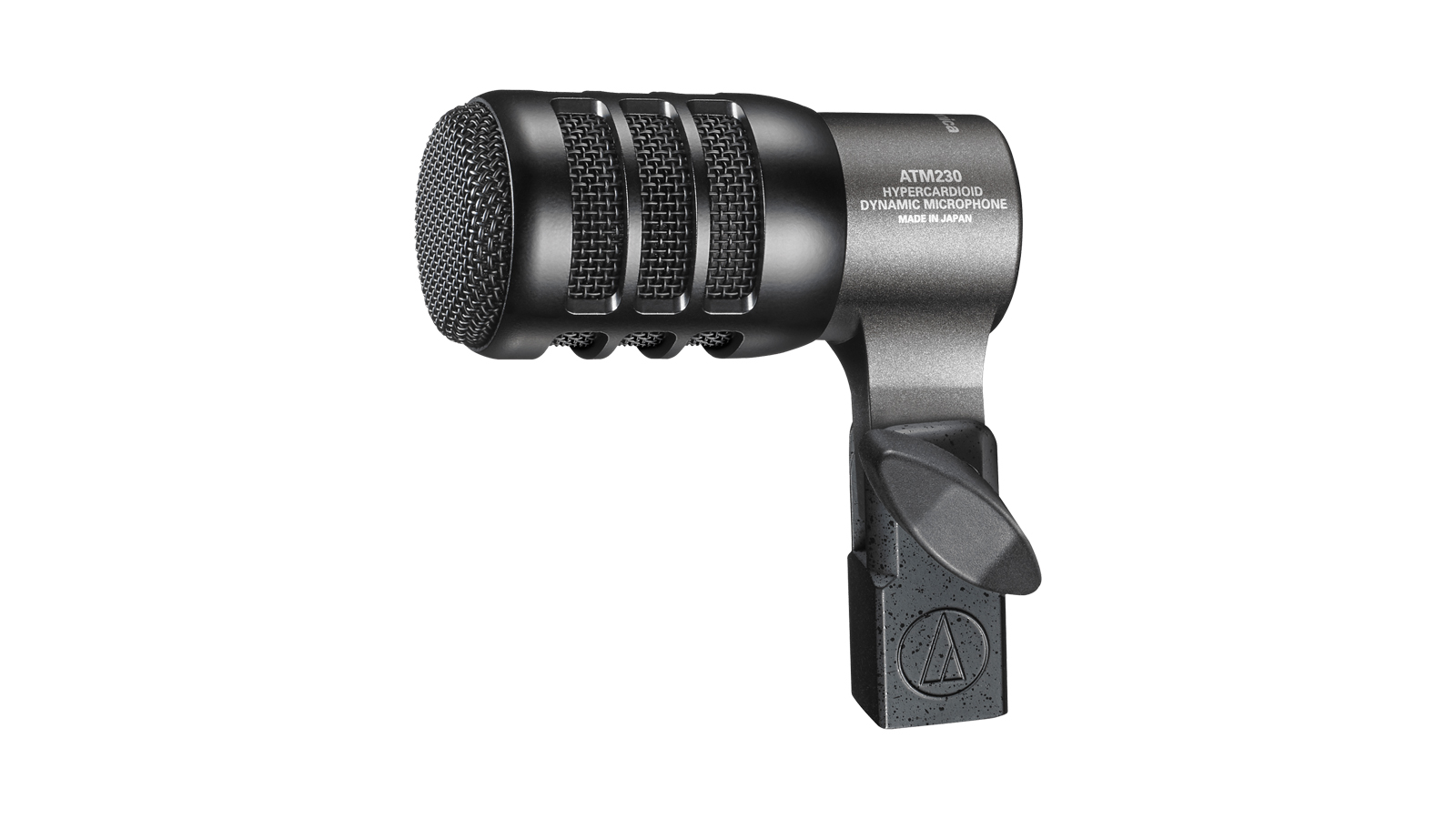
Specifications
Reasons to buy
Reasons to avoid
Drums take a lot of miking up. It's not unusual for pro studios to use a dozen or so mics on a drum kit, which takes time, money and patience – especially if things don't quite go to plan. That's why specialist drum-mic kits make a lot of sense. You benefit from having a set of the same models, made for a specific purpose, that can be relied on for consistently great-sounding results.
This set from Audio-Technica has been developed to take the hard work out of capturing the ultimate tom sound. ATM230s can be purchased individually, but you get a much better deal buying in bulk.
These mics have a slightly crazy-looking frequency response. There's a lift in the midrange, another in the high frequencies, but then a fast tail-off from about 10kHz upwards. The polar pattern is pretty focused, and rear rejection is good, so cymbal bleed is minimal.
Close-miking, these ATM230s sound great. Miked just above the rim, toms sound punchy with a nice, fat attack, and the proximity effect delivers plenty of round bottom end without excess boominess. They're not really designed for snare, but we found that they performed well with a few dBs of high-shelf boost.
So, if you have the budget, stop miking up drums with that strange assortment of microphones you found lying around the studio, and instead invest in a few good sets made specifically for the job. You won't regret it.
Read more: Audio-Technica ATM230 review
Best high-end
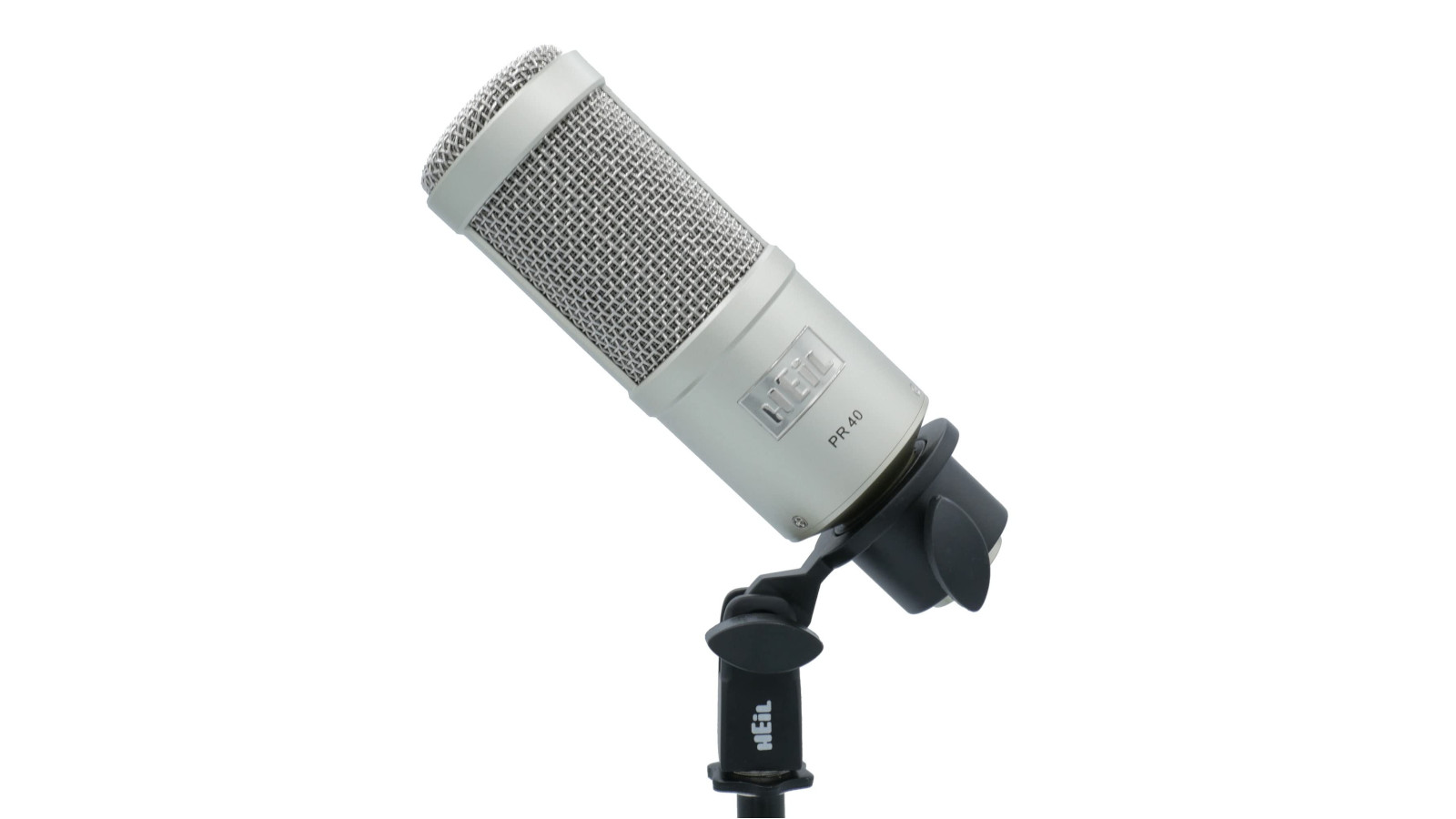
10. Heil Sound PR 40
Our expert review:
Specifications
Reasons to buy
Reasons to avoid
The Heil PR 40 is another high-performance dynamic microphone, highly praised for its broad frequency response and clarity, making it suitable for both broadcast and recording applications. The PR 40 has a rich low-end and smooth high-end, which works well for voiceovers, podcasts, and capturing bass-heavy instruments like kick drums and floor toms.
Its unique internal design offers superior isolation and minimises background noise, making it a popular choice for professional studios. The Heil PR 40 stands out for delivering condenser-like detail while maintaining the ruggedness and reliability of a dynamic microphone.
More options...

sE Electronics V7
Supercardioid | Best for stage vocals | XLR
The sE Electronics V7 has been developed to sound great whatever you throw at it – or, for that matter, whatever it's thrown at. Its all-metal construction is designed to shrug-off years of onstage use and abuse, letting your vocals shine night after night.
★★★★☆
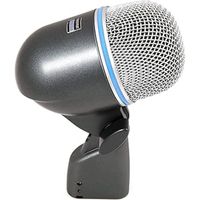
Shure Beta 52A
Supercardioid | Best for drums | XLR
The Shure Beta 52A is one of the most popular kick drum mics ever manufactured, and its high SPL capacity and excellent low-end frequency response also make it a viable candidate on bass cabs. The shape and design of the mic make it easy to set up inside a kick drum, which can be a bit fiddly at times. We love the fact the adapter has the XLR built into it, which makes it so much easier to point at your source and adjust when the mic is inside the bass drum.
★★★★½

Telefunken M80
Supercardioid | Best for stage vocals and snare drum | XLR
Telefunken has worked hard to develop a microphone with the robustness of a dynamic and the sonic characteristics of a condenser. A lightweight capsule and thin diaphragm give the M80 a wide frequency response that benefits from a touch of high-end presence. The resulting character is open – airy but authoritative. A good choice for lead vocals and snare applications. Despite the high-end presence, transients are well tamed and handling noise is nicely subdued.
★★★★☆
Shure MV7
Cardioid | Best for podcasting, voice, vocals, instruments | XLR and USB Micro-B
It sure looks just like a shrunken SM7B doesn’t it? But in a cute kinda way. Despite the family resemblance, the MV7 is more than just a cut-price mini-me, it has a few distinct features of its own. Top of the list, this mic features a USB Micro-B port as well as XLR, which means you can plug it directly into your computer, or even a tablet or smartphone. In our opinion, it’s a superb mic for podcasters that, at a push, can be pressed into service as a vocal or instrument mic. If you don’t think you’ll ever use the USB connection, there’s a XLR-only MV7X version available for about half the price. Bargain.
★★★★☆
Read more: Shure MV7 review
FAQs

What are dynamic microphones?
Dynamic microphones are, essentially, a type of microphone that uses electromagnetic induction to convert sound waves into an electrical signal. They are renowned for their ruggedness and ability to handle high sound pressure levels (SPL), making them a staple in live sound environments and recording studios.
In audio terms, ‘dynamics’ relates to how a sound can go from loud to quiet, and a dynamic mic’s ability to thrive in varying sound situations is a huge benefit in some situations. Unlike condenser microphones, which are more sensitive to detailed sounds, dynamics excel at capturing louder, more aggressive sounds, such as drums, guitar amps, or vocals, particularly in live settings. Their inherent durability, lower sensitivity and superb ability to reject background noise make them ideal for various applications, from professional studios to home set-ups.
How do dynamic microphones work?
Technically speaking, dynamic microphones operate using the simple principle of electromagnetic induction. Inside the microphone, a diaphragm is attached to a coil of wire, and placed within the magnetic field of a permanent magnet. When sound waves hit the diaphragm, it moves, causing the coil to oscillate within the magnetic field, generating an electrical current that mirrors the sound waves. This signal can then be amplified, through a PA system or otherwise, or recorded into an audio interface for editing and production in your DAW.
The lack of an external power source, such as phantom power, makes dynamic mics particularly appealing for environments where simplicity and reliability are key, while their sturdy construction also means they can withstand physical abuse and high sound pressure levels, like drum kits or guitar amplifiers, without distortion.
What is the difference between a dynamic and a condenser microphone?
In essence, condensers are great for capturing detailed, quiet sounds, while dynamic mics excel in noisy or high-SPL situations. The primary difference between dynamic and condenser microphones lies in their internal construction and sensitivity. Condenser microphones use a capacitor and require an external power source (phantom power) to function. They are far more sensitive than dynamic mics, and capable of picking up subtle nuances in sound, making them ideal for studio vocals, acoustic instruments and intricate sound details. However, this sensitivity also means they can easily capture unwanted background noise, which is less of a concern with dynamic mics.
Dynamic microphones, on the other hand, are better suited for loud sound sources and environments where durability is a priority.
What makes a good dynamic microphone good?
Naturally, there are dynamic mics to cater for all tastes and budgets. If you’re shopping at the entry-level range, a good dynamic microphone should provide a clear, natural sound without distortion, even at high sound pressure levels. Quality materials, durable construction and a well-designed internal coil and diaphragm are key to achieving this. Additionally, a good dynamic mic will have a smooth frequency response that enhances the natural tone of the sound source. Budget dynamic mics may suffer from uneven frequency responses or poorer construction, which can negatively affect both the sound and longevity of the mic.
Typical use cases for dynamic mics
Dynamic microphones are highly versatile and find use in a range of settings due to their durability and ability to handle high sound pressure levels. For live performances, dynamic mics like the Shure SM58 are a go-to choice for vocalists because they can withstand rough handling and reject background noise, ensuring clear vocals even in loud environments. They can be drenched in sweat (or beer), thrown around and generally abused, and still perform with no drop-off in performance.
In recording studios, dynamic mics are commonly used for amplifiers and drums, with models like the Sennheiser MD421 and Shure SM57 being favoured for capturing guitar cabinets or snare drums. Often, you’ll find producers employing a combination of dynamic and condenser mics when recording guitars, for example. A tried and tested method - even in pro studios - involves employing the relatively inexpensive SM57 up close to capture the dynamics and raw sound, with a condenser placed further back to grab the harmonics and nuances of the tone. We like the Neumann TLM103 but there’s plenty to choose from.
For podcasters and broadcasters, the Shure SM7B is also a top choice due to its ability to produce a warm, broadcast-quality vocal tone while minimising room noise. In the right hands, these mics give that instant velvet broadcast baritone without the need for lots of additional processing. Additionally, dynamic microphones are ideal for live sound reinforcement, such as miking up kick drums or brass instruments, where their resilience to loud, punchy sounds is invaluable. Their ability to isolate specific sound sources makes them a staple in both live and studio environments.
Do singers use dynamic mics?
A dynamic microphone has a mid-range punch that's magnificent for recording vocals that would otherwise sound thin, nasally and harsh. The lack of very high and very low frequency response also tames room noise, handling noise and undesirable transients. Dynamic mics won't give you a faithful recording, but they may offer you something better – a source massaged into audio that's altogether more flattering.
When should you use a dynamic microphone?
Their no-nonsense construction provides further advantages that make them ideal for many studio applications too. The thicker diaphragm and weighty coil limit frequency response – they simply cannot move fast or freely enough to pick up every sound within our audio range. Where a condenser microphone will typically have a flat, all-encompassing frequency response curve, a dynamic microphone will struggle at the top end, rarely picking up anything over 15kHz. The bottom end is similarly compromised.
Because of their hardy diaphragms, low sensitivity and coloured frequency response, dynamic mics are especially useful in the studio for close-miking loud sounds such as kick drums, driven guitar cabs and screaming vocals. High sound-pressure levels can trash a condenser mic, but a dynamic will squat by a cranked amp all day jeering ‘Is that all you've got?'.
Are dynamic mics better than condenser?
It all depends on what you're miking to be honest. Neither a dynamic mic or condenser mic are better than any other, rather each will be better in certain recording situations.
Some dynamic mics, such as the Shure SM7B, work exceptionally well close-miking vocals in untreated rooms, because their low sensitivity picks up little more than the subject. This characteristic makes them a favourite with amateur podcasters and singers.
Dynamic microphones are available with any polar pattern except bidirectional, but unfortunately, unlike some condensers, the patterns are fixed rather than switchable. The vast majority are cardioid or tighter, but omnis and figure-8s are also popular.
What are the disadvantages of a dynamic microphone?
Because of their low sensitivity, dynamic mics require a lot of gain or your recordings risk becoming noisy. For example, the Shure SM7B is notoriously gain-hungry, needing something in the order of +50-60dB of clean gain to operate optimally.
Unfortunately, many budget interfaces struggle to reach anything like this level, but all is not lost. You can easily add a relatively inexpensive mic activator to add more gain. Popular models include the Triton Audio FetHead, the Cloud Microphones Cloudlifter, and sE Electronics’ DM1 and DM2.
Alternatively, you can choose an active dynamic mic or one that works over USB.
Are XLR mics better than USB mics?
USB condenser mics are two a penny these days while, for a variety of reasons, dynamic mics remain pretty thin on the ground. There are a few exceptions though, and we’ve featured a couple in this guide.
In terms of recording performance, a USB dynamic mic is blessed and cursed with the same advantages and disadvantages as any other dynamic mic. That weeny USB socket and thin cable do have some additional practical benefits though. USB mics can be plugged directly into a computer, tablet or phone without the need or added complication of an expensive interface. This makes them easier to use, connects them to a ready supply of gain and makes your recording rig lighter to carry.
They are, however, limited to cable runs of 5 metres and there’s the slight chance that the cable, which is unbalanced, will pick up additional noise. This may or may not bother you.
Without a doubt the pro’s choice, XLR connectors and cables are robust, balanced and can be run for 60 metres or more. They are substantially heavier though, and will need to be hooked up to a desk, mixer, preamp or interface.
The biggest issue with USB mics of any kind is that there are very few pro-level models on the market right now, but fortunately that’s slowly changing. You’ll find some great examples in this guide.
How we choose the best dynamic microphones
When it comes to dynamic microphones, our team at MusicRadar draws upon a wealth of real-world experience and expertise to assist you in finding the ideal choice for your musical pursuits. As dedicated musicians, many of us have logged extensive hours on stages and in studios, forming the foundation of our recommendations. This hands-on, practical involvement ensures that our insights cater to the diverse needs of our worldwide audience.
We go beyond the technical specs; we plug in, capture the sound, and examine the resulting audio in depth. This immersive approach allows us to evaluate not just the specifications but also the nuanced characteristics that make a microphone a true asset for recording musicians. From the feel of the build to the frequency response of the tones, we aim to encapsulate the essence of each dynamic microphone through the lens of our own recording experiences.
Many of us record for our own musical projects, so we understand the importance of finding a microphone that aligns with your budget, technical specifications, and, most importantly, inspires your creativity. Our selection process is a fusion of technical expertise and a genuine passion for music, ensuring that each recommended dynamic microphone isn't just an audio tool but a partner in your sonic journey.
Find out more about how we test music gear and services at MusicRadar.
Why trust us
✔️ Over 150 microphones tested
✔️ More than 9,500 reviews on-site
✔️ 17 years of product testing
Since 2007 MusicRadar has been helping musicians of all kinds, whether they're guitar players, drummers, producers, keyboard players or DJs. We've been testing music gear for a long time, pouring hundreds of thousands of hours into testing the latest products, and our team of highly experienced industry professionals collectively have over a century's worth of knowledge from real-world music-making.
MusicRadar has been the go-to place for musicians looking for the latest news, best gear reviews, and how-tos for 17 years and counting, irrespective of your particular instrument, or favourite music genre.
As well as providing the best online music content, MusicRadar also hosts content from stalwart magazine brands including Future Music, Computer Music, and eMusician. We receive three million visitors per month, making us the preeminent destination for music makers and lovers worldwide.
Related buyer's guides
MusicRadar's got your back
- Make yourself heard with the best XLR microphones
- Work the crowd with the best live vocal microphones
- Hold your microphone steadfast with the best mic stands
- Best vocal mics: recommended vocal microphones for studio and stage
- The best USB microphones for podcasting, streaming and vlogging
Want all the hottest music and gear news, reviews, deals, features and more, direct to your inbox? Sign up here.
When Simon's childhood classical guitar teacher boasted he 'enjoyed a challenge', the poor man had no idea how much he'd underestimated the scale of the task ahead. Despite Simon's lack of talent, the experience did spark a lifelong passion for music. His classical guitar was discarded for an electric, then a room full of electrics before Simon discovered the joys of keys. Against all odds, Simon somehow managed to blag a career as a fashion journalist, but he's now more suitably employed writing for MusicRadar and Guitar World. When not writing or playing, he can be found terrifying himself on his mountain bike.
- Matt McCrackenJunior Deals Writer
- James GrimshawFreelance writer
